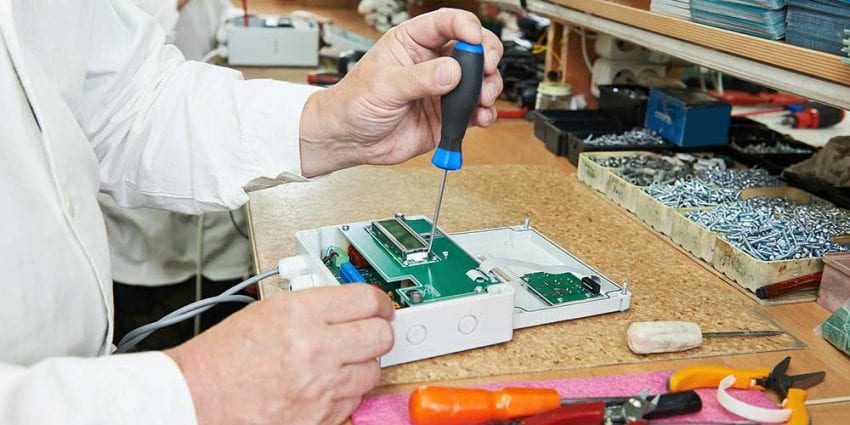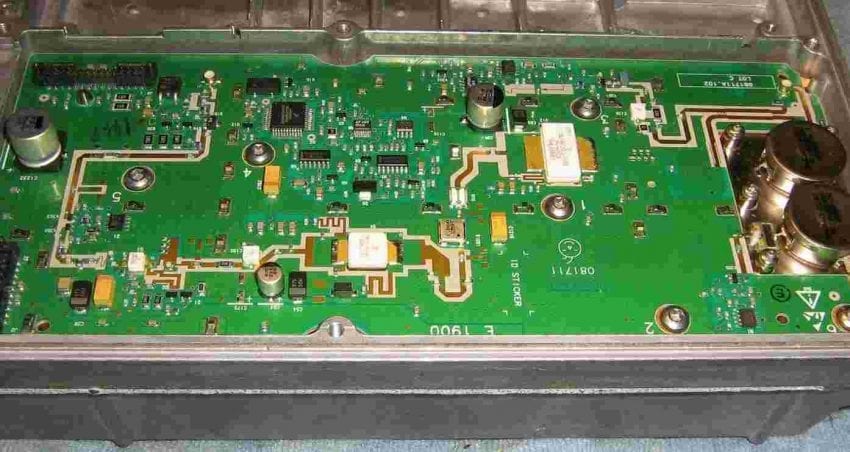In many ways, the evolution of battery technology has dominated the power supply market during the last few years. At the heart of this is so-called Li-ion batteries, which are widely commonly used and command a 40% share of the current marketplace.
However, the power supply market is an increasingly diverse entity and one that includes a number of fascinating options. Take RF power, for example, which despite being largely unheralded continues to underpin a number of prominent and high-growth sectors.
In this post, we’ll discuss an RF power supply in greater detail while exploring its uses and asking which industries (or technologies) would be lost without it?
What is an RF Power Supply?

In simple terms, an RF (or radio frequency) power supply is a type of electronic amplifier that converts a low-power radio signal into one with a far higher output.
Historically, this type of power amplifier was used to drive the antenna of a transmitter, with the most important design goals including gain, power output, efficiency, and bandwidth.
The technology that underpins RF power supplies is now far more evolved and accessible, however, with commercial product options now available through popular suppliers like XP Power.
These products can be used across an array of modern-day applications, including semiconductor fabrication and ultrasonic welding. RF power solutions can also be utilized to provide heat to industrial lasers, creating commercially viable options that big businesses have come to rely on.
What Technologies are Reliant on RF Power?

As we can see, the evolution of RF power supply technology has created a number of new and technical applications, but it’s also becoming a key driver of mainstream entities such as the wireless industry.
After all, cellular networks have historically relied on ‘macro’ base stations that are supplemented thousands of small cells to function effectively. In an age of 5G connectivity and the Internet of Things, however, wireless-enabled sensors will be deployed in the billions to make these applications possible.
This is creating a need for RF power transistors and amplifiers, which can be used to create the highest possible level of efficiency while minimizing the operational costs of businesses. While no device that generates RF power can achieve 100% efficiency, this type of supply offers one of the best performance levels and is capable of delivering incremental gains over time.
The applications of RF power extend throughout the wireless industry too, as it’s currently used in several low-power and battery-free innovations such as RFID tags. It also plays a role in contactless smart cards, with further developments in the technology are enabling RF power to charge smartphones and other portable devices.
In this respect, RF power supplies are finally beginning to realize their full potential, despite the fact that they remain largely unheralded in the consumer mainstream.









